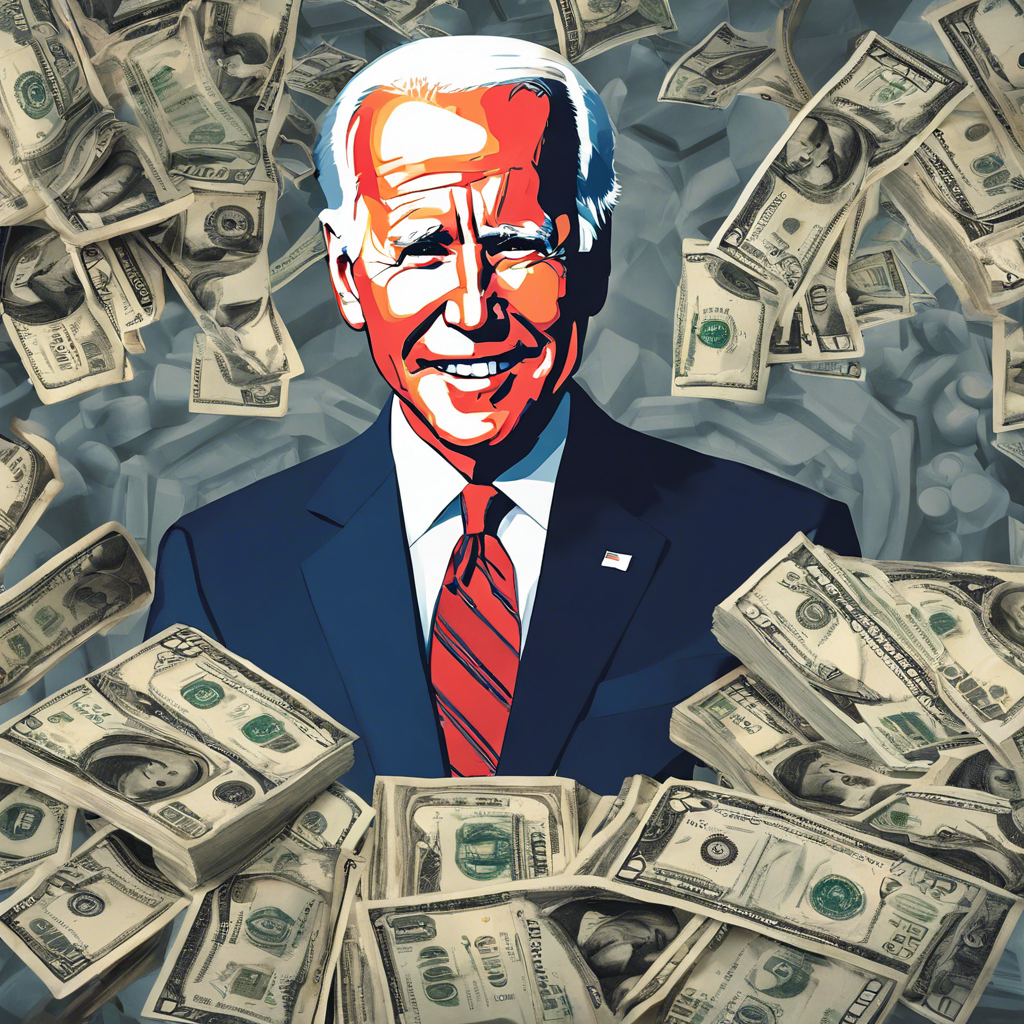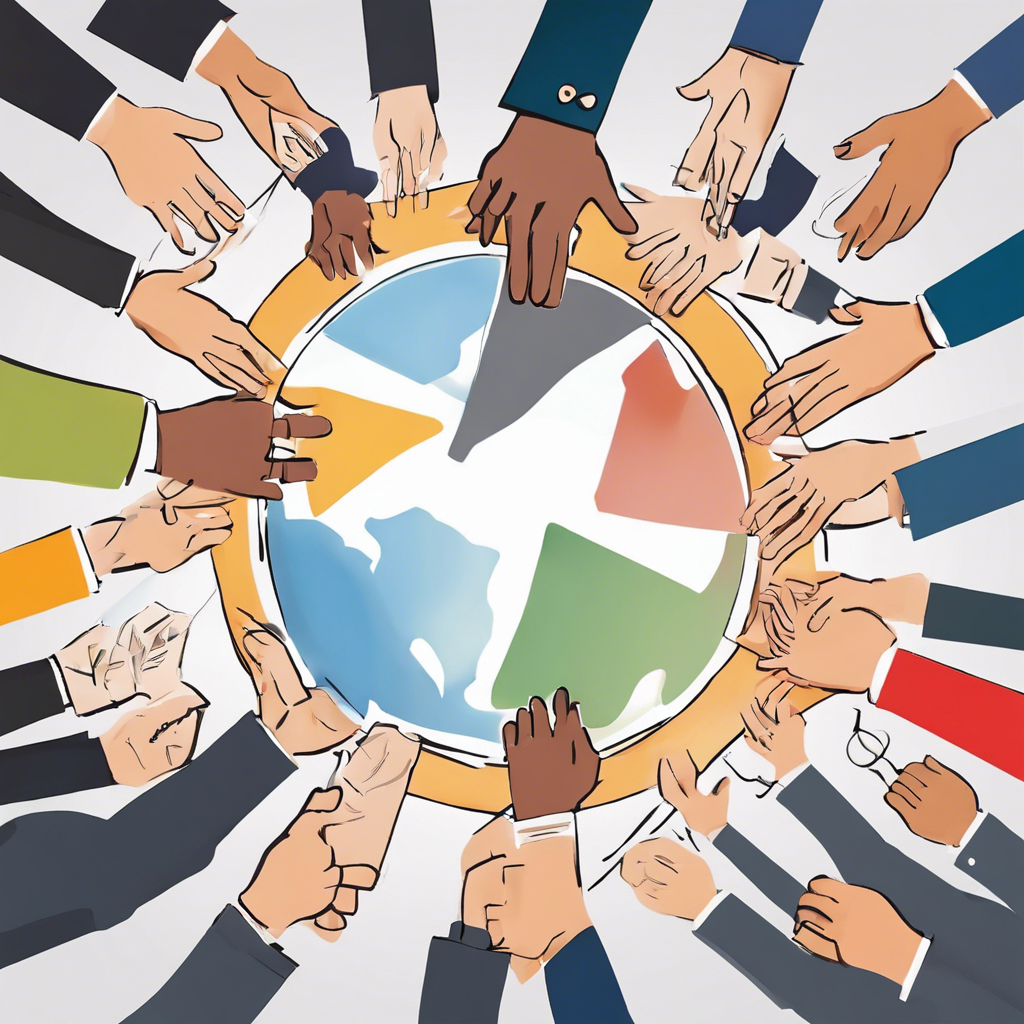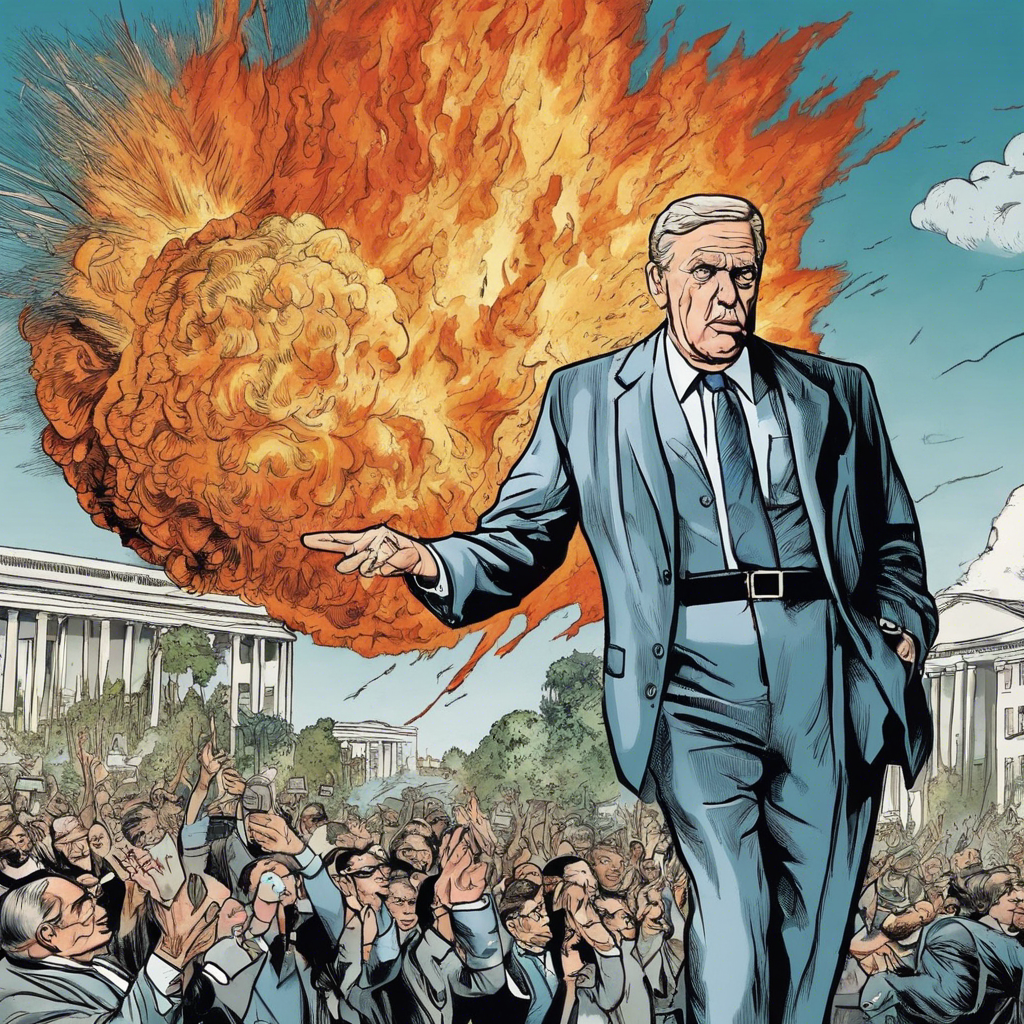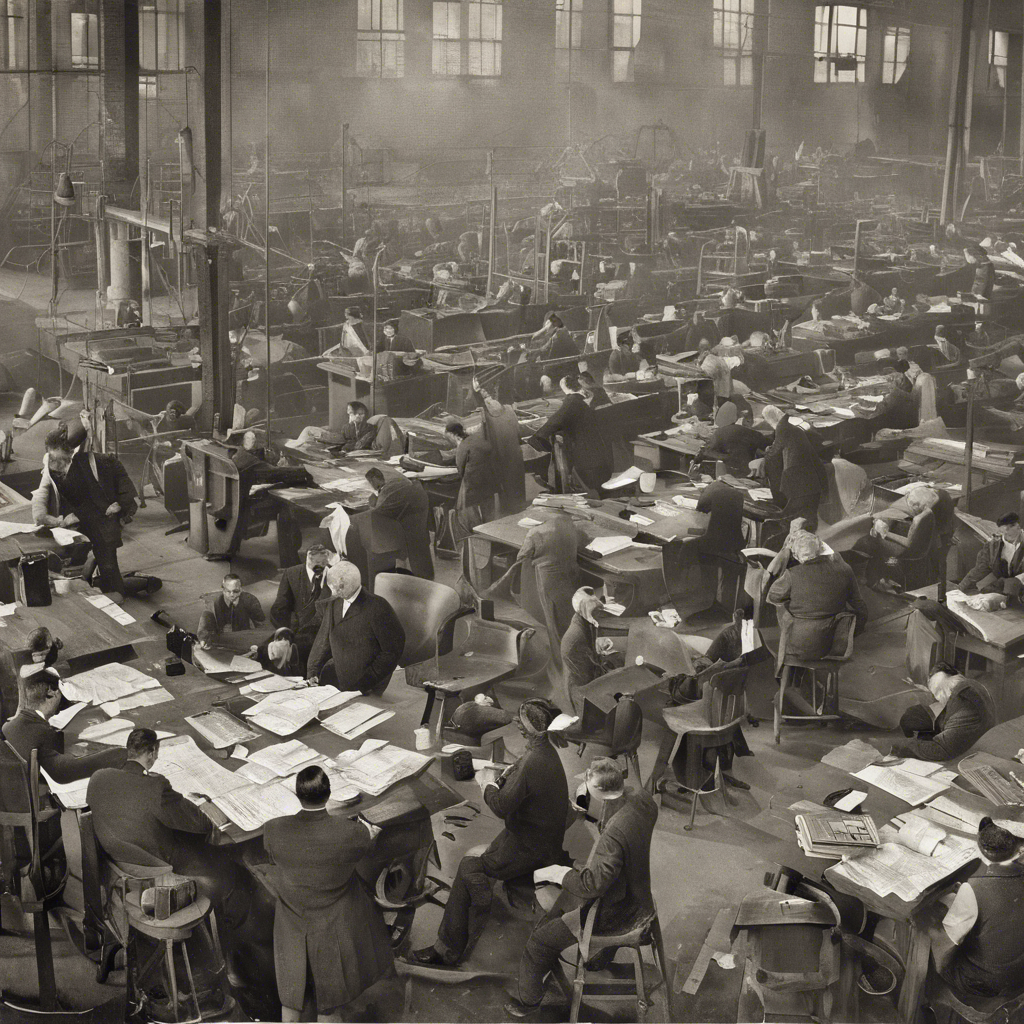Why Americans’ ‘YOLO’ Spending Spree Baffles Economists
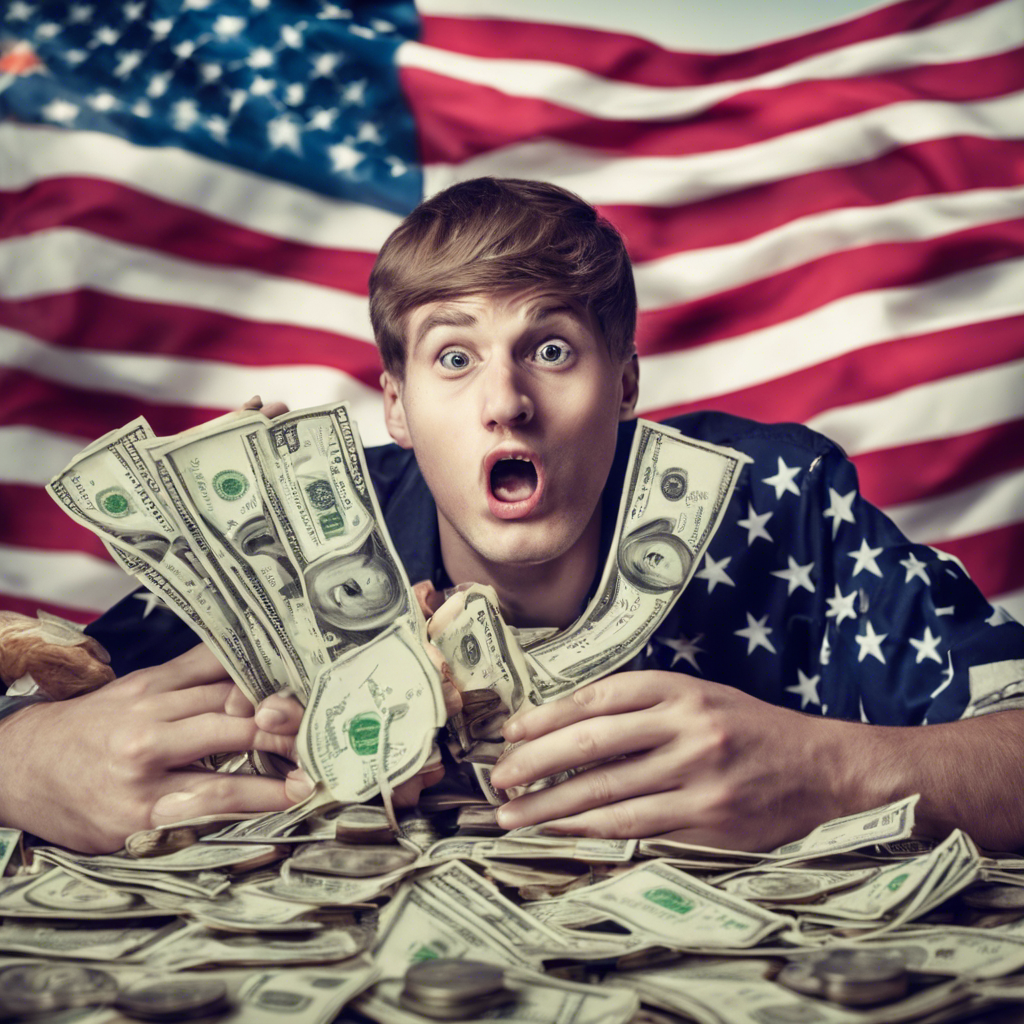
US consumers are defying economic trends and spending at record levels, leaving economists puzzled and struggling to predict when it will end.
Despite economic challenges such as high interest rates, depleted savings, and inflation, Americans are engaging in a spending frenzy. Recent data from Black Friday and Cyber Monday sales show a significant increase in consumer spending, with online sales alone reaching a record-breaking $9.8 billion. This surge in spending follows a pattern of US consumer behavior that has fueled the country’s economic growth, accounting for nearly 70% of the real GDP’s 4.9% growth in Q3. What perplexes economists is that this spending spree contradicts the prevailing pessimistic sentiment about the economy.
Unprecedented Spending in the Face of Economic Downturns
Traditionally, after a major crisis or a downturn in the job market, consumers tend to increase savings and reduce spending. However, the San Francisco Reserve Bank (SFRB) reported that the post-pandemic rise in fiscal spending this year has exceeded the growth seen after any recession since the 1970s. The SFRB attributes this growth to the “unprecedented” increase in accumulated savings in US households, driven by the swift fiscal response of the US Federal Government to the pandemic. Stimulus packages and other policies saved Americans approximately $2.3 trillion in 2020 and 2021. Despite drawing down some of their savings this year, many consumers still have reserves and are willing to spend, even without confidence in a full economic recovery. This sustained period of “you-only-live-once” (YOLO) spending in the face of rising debt and dwindling savings has left economists puzzled.
YOLO Spending Led by Younger, Upper-Middle Class Americans
According to the Boston Consulting Group, the younger, upper-middle class segments of the US population are leading the YOLO spending trend. While not necessarily affluent, these individuals have enough income to meet their needs and indulge in pleasure trips and luxury goods. Many of them are also embracing buy-now-pay-later (BNPL) platforms, which have experienced significant growth in the US, including during the Black Friday shopping spree.
Prioritizing Happiness and Fun Amid Uncertainty
Experts argue that the YOLO spending trend makes intuitive sense, considering the uncertainty and shifting attitudes around work and life. Chiraag Mittal, an assistant professor of marketing at the University of Virginia, suggests that people prioritize present happiness and short-term enjoyment when they are unsure about the future. Malcolm Harris, author of “Palo Alto: A History of California, Capitalism, and the World,” highlights the qualitative factors that traditional economic metrics often overlook. Factors like job satisfaction, wages not keeping up with inflation, and the lingering effects of the Covid-19 pandemic contribute to a focus on present enjoyment.
The Inevitable End of the YOLO Spending Trend
While economists acknowledge the current YOLO spending patterns, they also agree that this trend cannot continue indefinitely. Ellie Henderson, an economist at Investec, points out potential challenges such as the expiration of childcare grants and the resumption of student loan payments. These factors could impact future consumption. However, Wendy Edelberg, a senior fellow at The Brookings Institution, and director of The Hamilton Project, suggests that after such an exceptional fiscal year, it is uncertain when Americans will be forced to tighten their belts and curb their spending.
Conclusion: The YOLO spending spree by American consumers has baffled economists, who struggle to make sense of the sustained high levels of spending despite economic challenges and pessimistic sentiment. While the trend can be attributed to factors such as accumulated savings, shifting attitudes towards work and life, and a focus on present enjoyment, economists warn that it cannot continue indefinitely. As potential headwinds loom, including the expiration of government support programs, Americans may soon be forced to adjust their spending habits. The economic landscape is on the brink of change, and the endurance of the YOLO spending trend remains uncertain.







